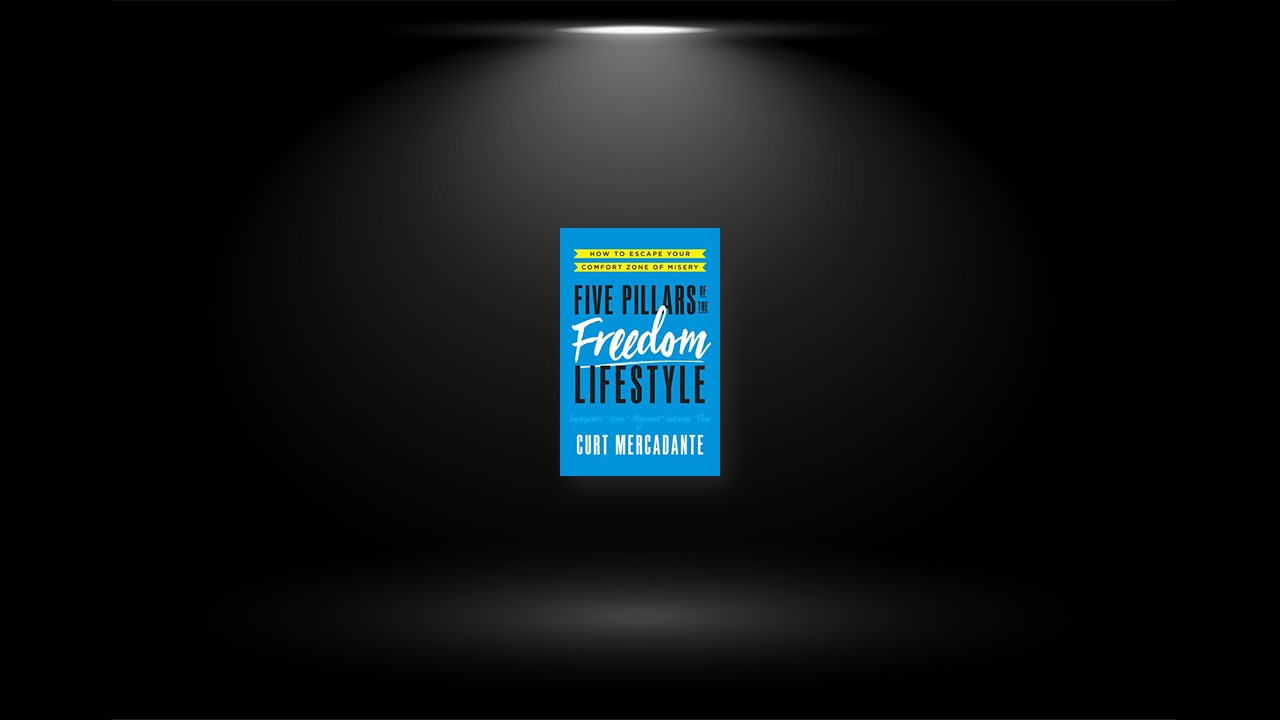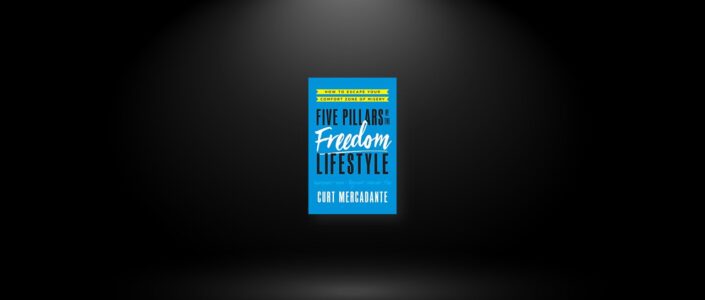Superpowers
The most dominant development model in our society, whether we’re talking about parenting or schooling or even on the sports fields and courts, is something called the deficit-based development model. That model is simple: focus on your weaknesses.
This model starts getting drilled into us at a young age. Gallup’s research finds that the great majority of US parents (77 percent) think it’s more important to focus on the subjects in which their child/children perform worst instead of the ones in which they perform best.
We also see this in the workplace. So many people receive performance reviews in which there might be a paragraph or two of throw-away positive comments, but then several pages listing everything that employee did wrong. That is deficit-based.
It’s like telling world champion and Olympic gold medalist Usain Bolt, “Your 100-meter time is great, but your mile time sucks. As such, we’re not going to allow you to run the 100 meters anymore until your mile time gets better.” Several decades ago, psychologist and businessman Donald O. Clifton started to ask the question, “What will happen when we think about what is right with people rather than fixating on what is wrong with them?”
Clifton was the father of strengths-based psychology. He ended up building the CliftonStrengths program for the Gallup organization. That assessment/program is now used by 90 percent of Fortune 500 companies as well as large and small businesses and individuals. They use the program to build strengths-based workplaces to get the maximum productivity and the maximum performance from their workers.
As management guru Peter Drucker once said, “Most people think that they know what they’re good at, but they’re usually wrong, and yet a person can perform only from a position of strength.” When you complete the CliftonStrengths assessment, you’ll reveal your talents. We all have talents—those naturally recurring patterns of thoughts, feelings, or behaviors that can be productively applied
When you invest in your talents, use them every day, combine them with your knowledge and skills, and exercise them like you would work a muscle at the gym, they become stronger. They become your superpowers.
Vision
It is absolutely vital in living a life of freedom and fulfillment that you have a clear, compelling, and defined vision statement for your life. Whether you’re going to die in twenty minutes from right now or twenty years, and the person at your funeral delivering your eulogy is only allotted one sentence, what is the one sentence you would want them to say that sums up your life or legacy? What is your life sentence? That’s what a vision statement is.
Some people also are convinced that you should have multiple vision statements in your life. But they’re confusing vision with objectives. Having yearly objectives, and maybe five- and ten-year objectives, is important. For example, when you’re in your twenties, perhaps you think your vision is to make partner and earn $100,000 a year. Then when you get in your thirties, you think your vision is to find your mate, get married, and have kids. Those aren’t visions; they’re actually not even purposes. Those are objectives.
It’s critical to have those objectives, but if you go through life from objective to objective without a clear and compelling vision that serves as the glue to hold them together so that you’re moving in the right direction every day, every week, every month, every year—then at some point, you are going to find yourself lost. You are going to hit the wall—whether it’s in your thirties, forties, fifties, or beyond—and have that feeling that you don’t know what you were put on this earth to do.
Alignment
When many people think of “work-life balance,” they tell themselves, I’ll put my head down, not see my spouse or kids, work twelve hours a day, not sleep, and be miserable for a few weeks, but after that, I’ll come up for air, take some time off, and it will all balance out.
Aside from the fact that there is no guarantee that you’ll even be alive in a few weeks to enjoy that “balanced” time, that mentality often allows the “few weeks” to turn into a few months. Then maybe a few years. Before you know it, you’re telling yourself that you’ll come up for air in “another five or ten years.” Perhaps when “I have enough money in the bank.” Or perhaps “when I’m sixty-five and retire.”
There is no guarantee that you’ll live to the end of today. There is no guarantee that you’ll live to sixty-five. And if you’re spending the prime health years of your life in a “wait to sixty-five” mode, you’re not truly living at all. You’re setting yourself up for the “Where did the time go?” freight train to hit you at some point in the future. You’re building toward the desperate feeling that you missed seeing your kids growing up because you were too busy with your head down, building toward “balance” at some mythical point in the future.
You’re guaranteeing that, at some point, you’re going to wish you had traveled more, that you had worked out more, that you had spent more time with your kids, that you had invested in your relationships more. Here’s the deal: there’s not work and life. There’s just life, and how you choose to spend the time in your life is entirely up to you. The key to a life of freedom and fulfillment isn’t balance; it’s alignment—aligning the three facets of your life: family, self, and work.
Investing in yourself means more rest. More relaxation. More time for learning—for thinking and processing your day. When you invest in your mental health and your physical health, your work and your family will be better off. Your relationships will improve. You’ll have more energy to focus on the things that are essential (and not just busywork) to scaling your business. Stop chasing that mythical “work-life balance.” Start seeking alignment instead.
Outcomes
Too many people expect way too much from their day, planning the day (if even planning at all) for the best-case scenario instead of for reality. In short, they are hoping to accomplish way too many outcomes by cramming in calls, meetings, presentations, memo writing, commutes, etc.—the list goes on and on.
Even if we assume that you’ve cut out needless inputs, you should still aim to accomplish fewer outcomes in your day. Why? Simple—you’re clogging the drain with too much crap.
You try to shove so many outcomes down the drain that everything simply stops flowing. When that happens, you’re late for one meeting, and then a call, and then your lunch meeting—and next thing you know, you’re getting home at 9:00 p.m., and you haven’t really accomplished anything in your day.
Turn off the water. Step away. Grab your plunger.
You’re expecting that you can accomplish way too much in the day. You’re setting too many outcomes for the day. Remember the definition of productivity? It’s not about cramming more stuff into your day—it’s about doing less to achieve more.
When you define fewer outcomes for your day, you’ll unclog the drain, and you’ll find that you’ll begin to achieve more every week. When you become intentional about your days and begin to define the outcomes that really, absolutely, positively matter—you’ll find yourself doing less to achieve more.
Flow
Hungarian-American psychologist Mihaly Csikszentmihalyi refers to the state of flow as one in which we have an “optimal experience.”
“The key element of an optimal experience is that it is an end in itself,” he writes in Flow: The Psychology of Optimal Experience. “Even if initially undertaken for other reasons, the activity that consumes us becomes intrinsically rewarding. Surgeons speak of their work: ‘It is so enjoyable that I would do it even if I didn’t have to.’ Sailors say: ‘I am spending a lot of money and time on this boat, but it is worth it—nothing quite compares with the feeling I get when I am out sailing.’”
In a September 1996 interview with Wired magazine, he described “flow” as “Being completely involved in an activity for its own sake. The ego falls away. Time flies. Every action, movement, and thought follows inevitably from the previous one, like playing jazz. Your whole being is involved, and you’re using your skills to the utmost.”
How can we work to get ourselves in a state of flow? What are the characteristics of such an optimal experience? According to Csikszentmihalyi, there are eight such characteristics: Complete concentration on the task. Clarity of goals and reward in mind and immediate feedback. Transformation of time (speeding up/slowing down of time). The experience being intrinsically rewarding. Effortlessness and ease. Balance between challenge and skills. Actions and awareness are merged, losing self-conscious rumination. A feeling of control over the task.
In order to live the Freedom Lifestyle, it’s vital to be intentional about creating a state of flow as much as possible in our lives. Whereas it’s become popular for pop psychology authors to talk about the importance of “grinding,” it’s actually much more important to spend your days “flowing.”


